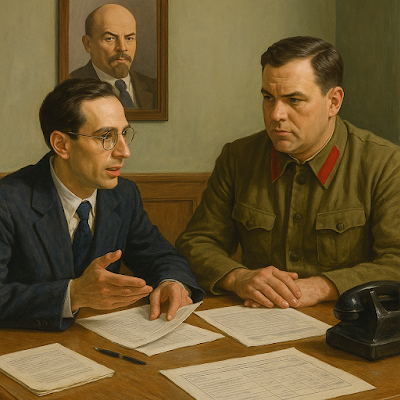Modern popular culture has an extraordinary capacity to simulate rebellion while draining it of content. The Japanese “Crows” film series is a perfect case in point. At first glance, it promises a narrative of insurgency—youth in revolt, gangs fighting against authority. Yet what we are watching is not a challenge to the order of things, but a ritual that reaffirms them.
Historically, genuine rebellion arises from a
clash between established power and those excluded from it—peasants
against landlords, workers against capital, colonised against empire. The
rebellion in Crows has no such anchor.
There is no ruling power to overthrow, no social injustice to confront, not
even an aspiration to change the conditions of existence. The gangs fight not
for emancipation, but for succession. One leader replaces
another, just as kings and emperors once did, while the structure itself
remains untouched.
This is a distinctly late-capitalist vision of
"revolt": violence, stripped of political content, becomes a
spectacle. Like the commodification of counterculture in the 20th century—think
of how rock music or punk fashion, born in defiance, were swiftly absorbed by
the very markets they opposed—Crows
reduces rebellion to a style, something to be consumed.
We must also note the series’ masculine ideal—a
world of young men who achieve authority through physical strength and
charisma, without questioning why such hierarchies exist in the first place. In
that sense, Crows is a story of initiation,
not liberation. The fighters are merely passing through a liminal phase, a
sort of gladiatorial adolescence, before inevitably joining the structures of
power and respectability. They are rebels only in form; in substance, they are
future patriarchs, future enforcers of the very status quo they appear to defy.
This pattern is not new. Across history,
ruling classes have often tolerated a certain space for "ritualised
rebellion"—festivals, carnivals, and spectacles where the normal order is
inverted for a brief time, only to return reinforced. Crows belongs to this tradition. Its characters may look
like outlaws, but they are ultimately disciples of hierarchy, and the
audience’s admiration is carefully channeled toward those who succeed in
becoming the new "boss."
The danger of such narratives is not that they
glorify violence, but that they normalize the absence of real alternatives.
In a society where young people are taught that "to rebel" means
nothing more than to fight harder, win bigger, and dominate others, the very
possibility of collective change is erased.
In the end, Crows
tells us nothing about rebellion. It tells us about how capitalist
modernity has mastered the art of selling defiance while ensuring its
harmlessness. It is less a story of revolt than of order,
repackaged as chaos, and therein lies its historical
significance.


